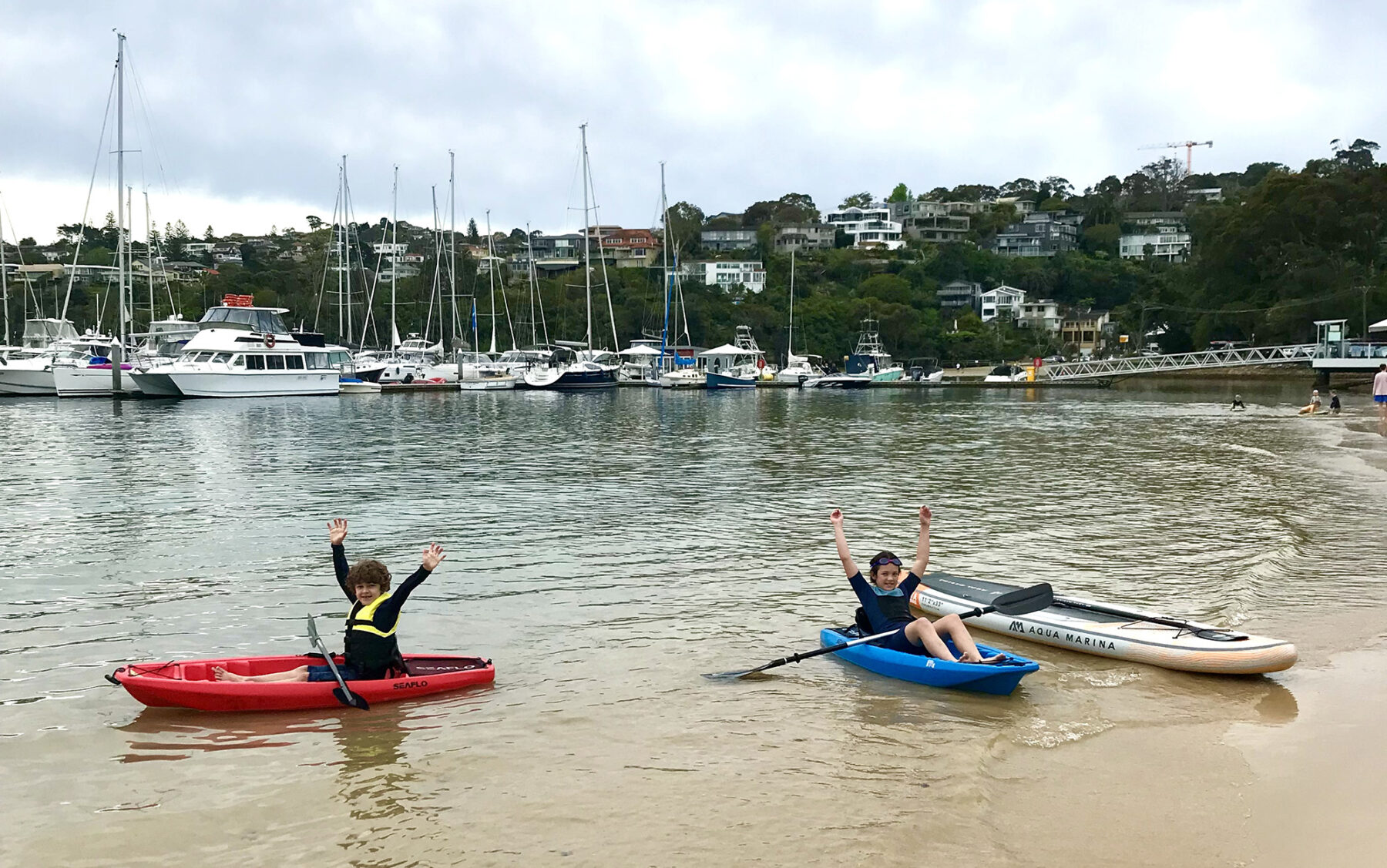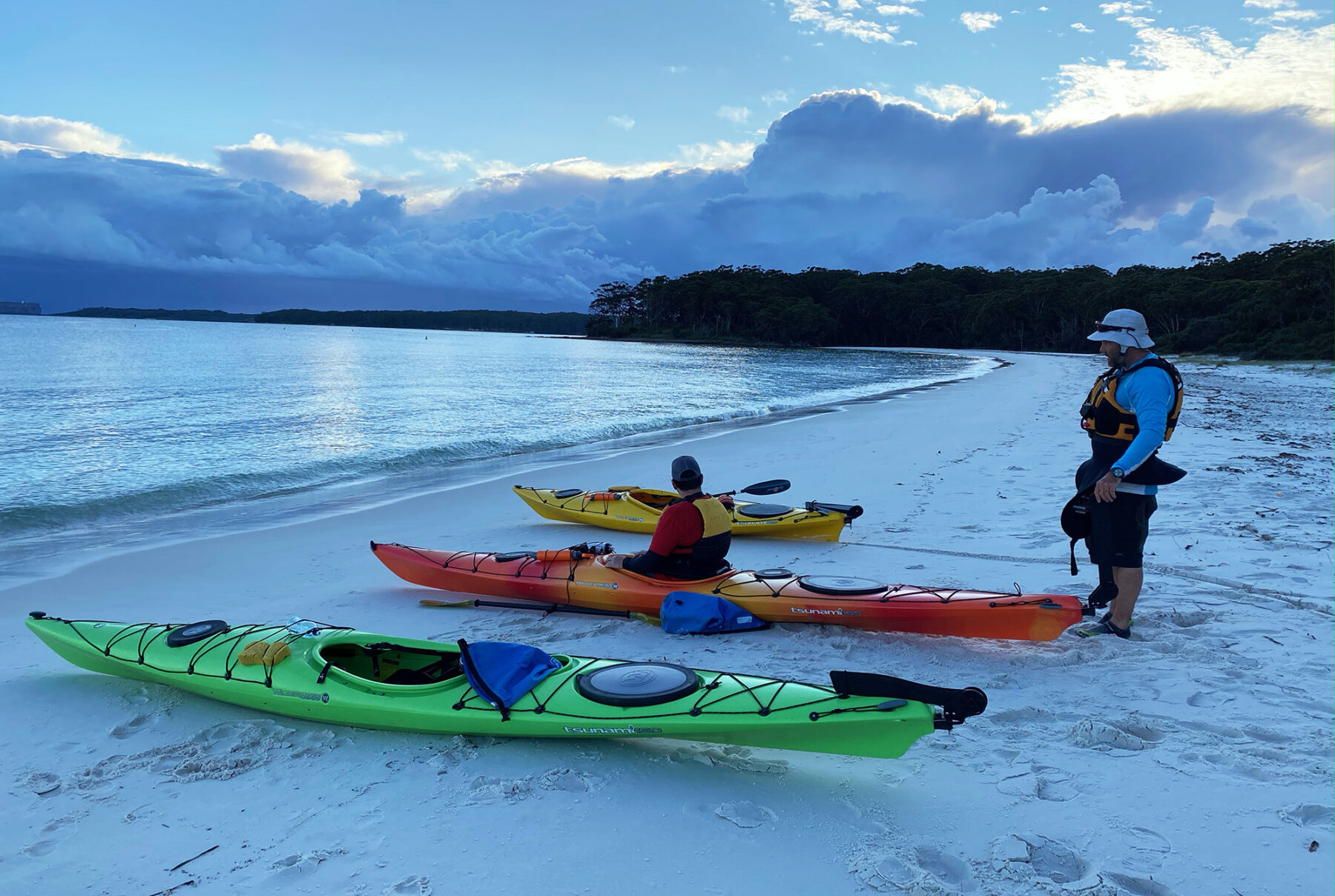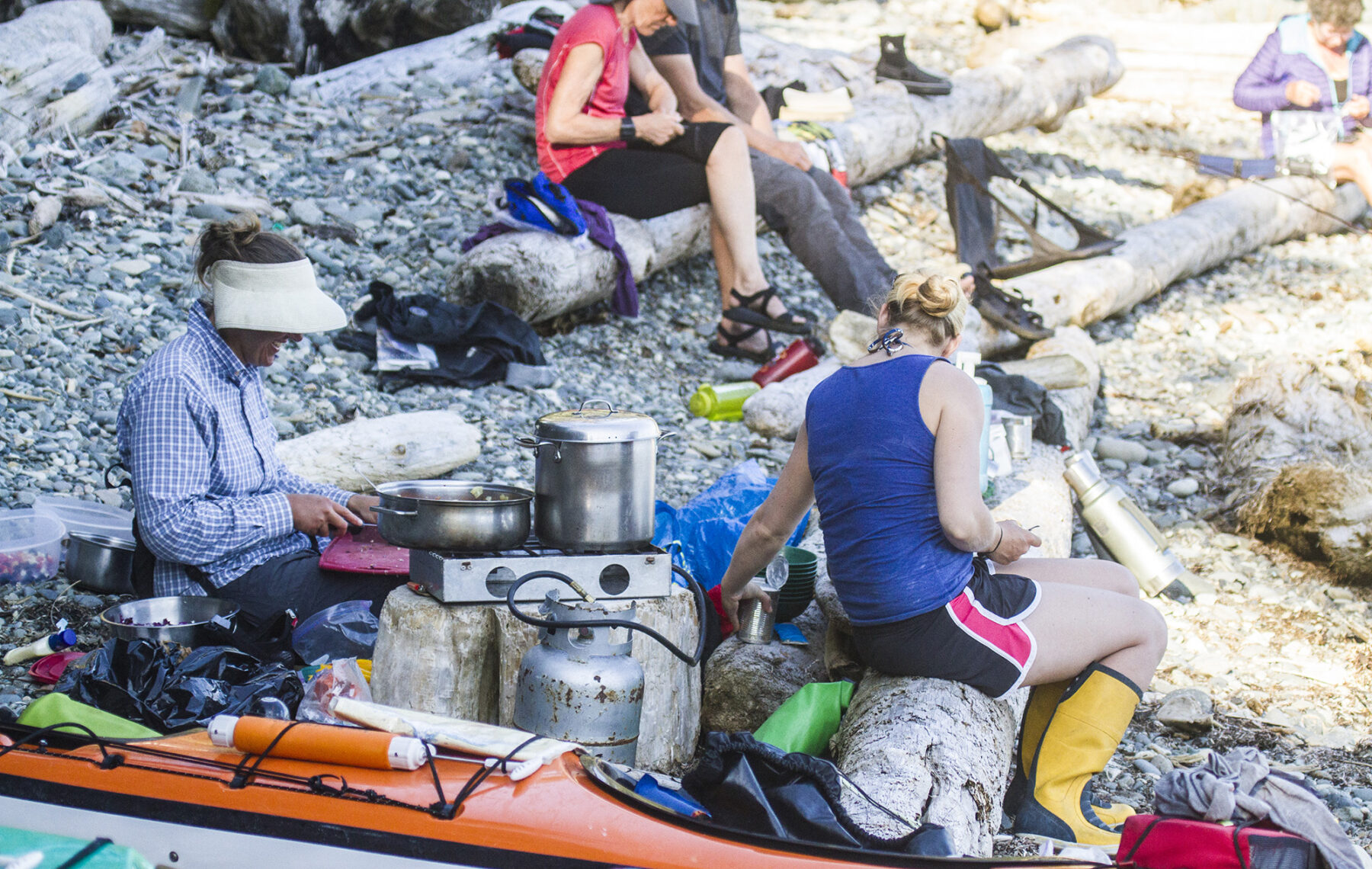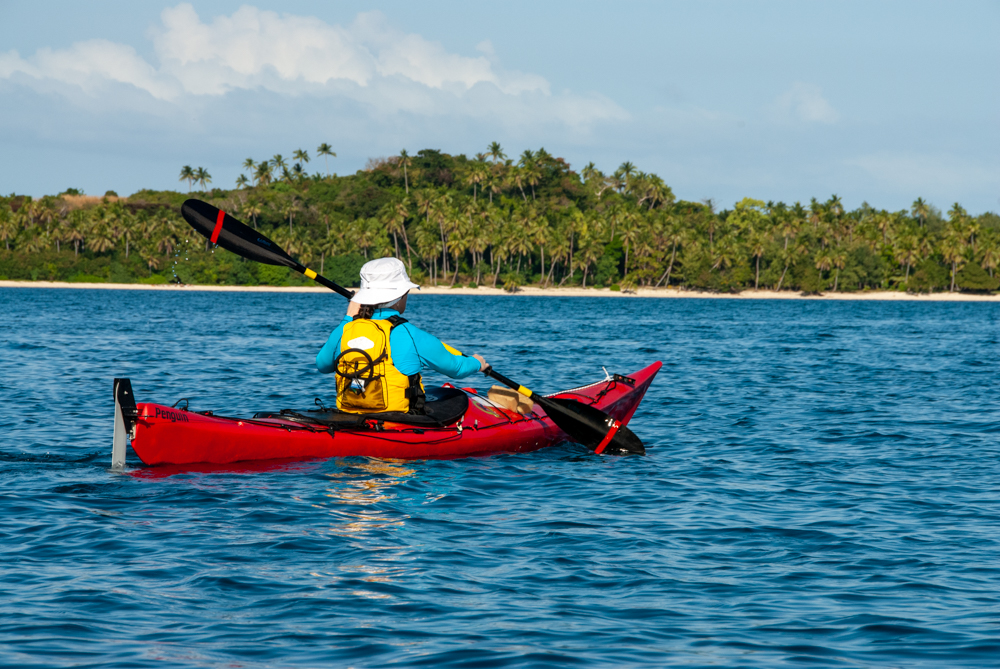Paddle Pulse: The science of kayak design

Once you’ve spent some time navigating waterways by sea kayak, you’ll quickly realise how crucial your gear is to your paddling experience. Delving into the science and engineering behind the perfect kayak isn’t just for curiosity’s sake; it’s vital practical knowledge that will help you choose the right kayak, matching the style of your paddling adventures.
Choose your kayak style
First let’s explore the two primary types: sit-on-top and sit-in kayaks. Sit-ons are fantastically user-friendly, ideal for leisurely paddling and warm conditions, offering easy re-entry from the water. Sit-in kayaks on the other hand enclose your lower body within the kayak beneath a ‘skirt’, which is great for staying dry and warm in cooler weather. This mode of paddling also provides better control and efficiency.

Another option are surf skis, which are like the road bikes of the sea – fast, agile, and perfect for surfing waves and getting in a great workout, although not as suitable for longer trips.
Kayak length
The length of your kayak significantly influences its handling and speed. Longer kayaks glide through the water effortlessly, ideal for open-water expeditions, offering speed and efficiency. In contrast, shorter kayaks excel in agility, perfect for navigating the intricate turns of rivers or coastal areas. It’s like choosing between a sports car and a sedan – both have their unique advantages tailored to different driving (or paddling) experiences.

Material matters
Choosing your kayak involves a triangular balance: cost, durability, and weight. Typically, you can pick two. Wooden kayaks radiate timeless charm but require consistent upkeep. Fibreglass models are sleek and lighter, yet they can be vulnerable to impacts. Carbon kayaks are all about high performance, being both light and strong, albeit at a higher price.

Plastic kayaks are the durable workhorses, tough and budget-friendly, though heavier. Then there’s thermoformed plastic, offering a middle ground with its blend of lightness and strength, albeit with repair challenges.
Hull shape and stability
The hull’s design is key to how the kayak performs on the water. Flat-bottomed hulls are generally more stable and suitable for beginners or calm conditions, while rounded or V-shaped hulls cater to those seeking speed and agility, often preferred by the more adventurous or experienced paddlers.
Cockpit comfort and kayak control
The cockpit design is crucial for comfort and effective control. Adjustable seating, footpegs, and thigh braces can greatly enhance your connection to the kayak, aiding in manoeuvrability and comfort, particularly over longer distances. When choosing a kayak, it doesn’t hurt to sit inside and ‘try it on’ to see if the cockpit is comfy for your build and preferences.

Storage and portability
Kayaks also vary in their storage solutions and portability. If you’re planning longer excursions, look for models with ample storage space, like secure hatches and deck rigging. Portability is another consideration, especially if you have limited storage space or prefer a kayak that’s easy to transport.

Rudder or keg? Navigating your choices
The decision between a rudder or skeg can play a crucial role in maintaining your course, especially in challenging conditions like strong winds or currents.

Skegs – typically a drop-down fin – help in tracking straight but don’t contribute to steering. For that reason, they are often favoured by purists who want to feel more in harmony with the boat. They do require more skill and expertise to master.
A rudder offers a more user-friendly approach to steering. Controlled via foot pedals, the rudder allows paddlers to adjust their course without sacrificing the use of their hands – great for things like taking photos. With a rudder, you can effortlessly manoeuvre your kayak while maintaining stability, even coming to a complete stop if needed. (And in a group setting, rudders are great – opening opportunities for group paddling, even ‘sailing’).
Toby Story is the Managing Director and Lead Guide at Southern Sea Ventures, which offers fully equipped, guided sea kayaking adventures around the world.




